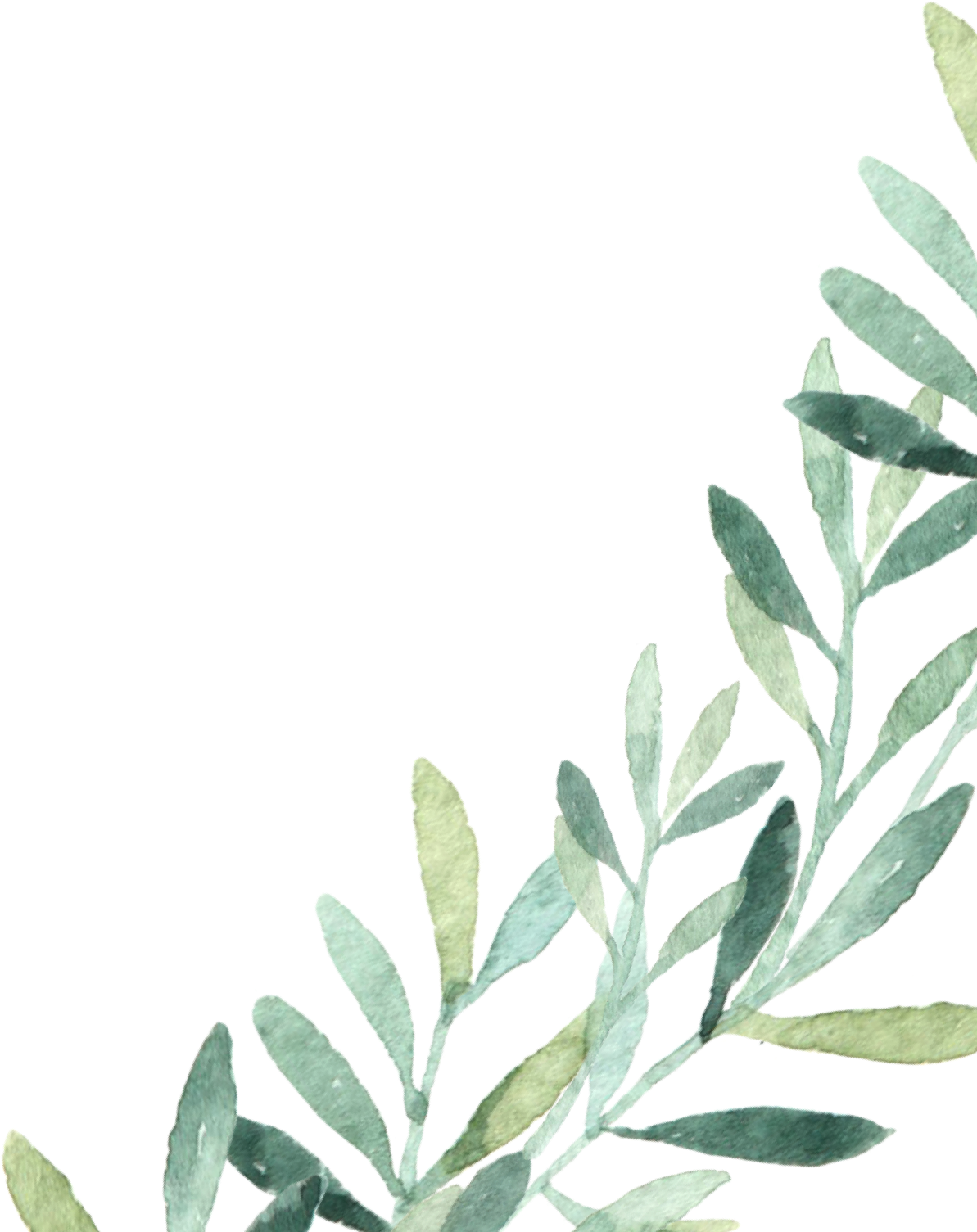

Things To Do
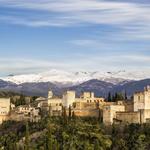
Alhambra
This magnificent sight is hard to sum up with a few words: The Alhambra is a palace, castle, summer retreat and enclosed town all in one enchanting place. It was built during the 1200s and 1300s for the Nasrids, who ruled the the Emirate of Granada in the final centuries of Muslim control in Andalucia. After the “Reconquista” it also became the royal court of the Catholic Monarchs, Isabella I and Ferdinand II. Book well in advance and spend an enthralling day pottering about royal chambers, serene courtyards and divine renaissance and Moorish palaces.
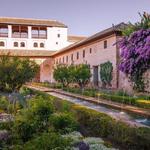
Generalife
The sumptuous grounds of the Alhambra are so huge that you might even need another day to see them. These lush and stately gardens are especially fragrant in springtime and have colourful flowerbeds, neatly trimmed hedges and toparies, geometric pools and fountains and all sorts of surprising architectural flourishes. The unforgettable part though is the Generalife Palace, which is at the crest of the hill where the Emirs would spend their summers in the shade.
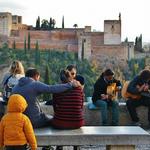
Mirador de San Nicolás
At the top of the Albayzín district is the church of San Nicolás, fronted by this square. It enjoys the definitive view of the Alhambra, set off by the vast peaks of the Sierra Nevada in the background.
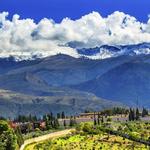
Sierra Nevada
This national park lies just behind Granada’s eastern suburbs and has both the highest peak in Iberia (Mulhacén at 3,478m) and the southernmost ski resort in Europe. It will only take half an hour to get from the old centre of Granada up to these majestic mountainscapes. What’s great about the journey is the way the vegetation changes from the scrub of the plain to juniper bushes, wild olive trees and oaks as you get higher. Finally around the resort are loft Scots pines in woodland where boar and wild cats roam. The Ski Station at Sierra Nevada has a decent season because of the elevation, normally running from December to April.

Catedral de Granada
Built on top of Granada’s mosque at the start of the 16th century this magnificent building is Spain’s second-largest cathedral. It was erected during a transition in fashion, so the foundations are gothic even if the main structure and interior are from the renaissance
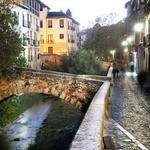
Paseo de los Tristes
Paseo de los Tristes offers stunning views of the Alhambra and begins at the point where it crosses the Bridge of the Chirimias; the Chirimias are a kind of flute that was once played from a balcony or veranda built there for such use. Although the Paseo de los Tristes is officially called Andres Manjon, it is known by this name because funeral processions on the way to the cemetery once passed through it. Paseo de los Tristes was, until the nineteenth century, one of the busiest areas in Granada where festivals and feasts took place.
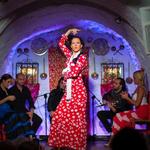
Casa del Arte Flamenco Granada (Flamenco Show)
Casa del arte flamenco is a cultural space created for traditional flamenco performances; located in the old part of town in Granada, a few metres far from the lively and charming Plaza Nueva and near the rich Nazarite Palace and Fortress of the Alhambra. In Casa del Arte Flamenco you will be able to enjoy this art which began at the beginning of the XIX century in Andalusia, having its first performances in places known as “café cantantes”, which were the main temples of the flamenco singing and dancing.